- DroidAfrica
- Symphony
- Symphony i97
Symphony i97
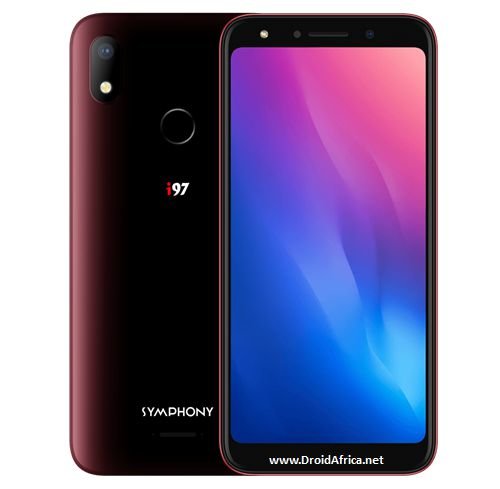
Symphony i97 Highlights and Overview
Symphony i97 is a pocket friendly low-end smart phone. The device comes in a 5.7-inch HD+ display with 720 x 1440 pixels resolution, and runs on the UniSoC SC9863A CPU, clocked at 1.6Ghz along with PowerVR GE8322 GPU. It has 2GB of RAM and a 16GB internal storage. .
At the back of the Symphony i97 you are getting a single 13-megapixel rear placed camera sensor, featuring PDAF and a single LED flash, while selfie duties are left to a single 8-megapixel front-facing camera sensors. The unit has a rear placed fingerprint scanner, and you could protect the device with FaceID as well.
You are also getting support for dual Nano-SIMs with 4G LTE network, Bluetooth 4.1, a 3200mAh battery and Android 9.0 Pie out of the box. Other key specifications and silent features of the Symphony i97 smartphone are detailed in the specification table below.
Symphony i97 Full Specifications and Features
NETWORK
| Technology | GSM / HSPA / LTE |
| 2G Network Bands | GSM 850 / 900 / 1800 / 1900 - SIM 1 & SIM 2 |
| 3G Network Bands | HSDPA 850 / 900 / 1700(AWS) / 1900 / 2100 |
| 4G Network Bands | LTE band 1(2100), 3(1800), 4(1700/2100), 5(850), 7(2600), 12(700), 17(700), 28(700) |
| Speed | HSPA 42.2/11.5 Mbps, LTE Cat4 150/50 Mbps |
LAUNCH
| Also Known As |
- - |
BODY
| Dimensions | 153 X 73.6 X 9.1 |
| Weight | 160 grams |
| Build | Front glass, Plastic body |
| SIM Type | Dual SIM (Nano-SIM, dual stand-by) |
DISPLAY
| Display Type | IPS LCD capacitive touchscreen, 16M colors |
| Size | 5.7 inches, 83.8 cm2 (~74.7% screen-to-body ratio) |
| Resolution | 720 x 1440 pixels, 18:9 ratio (~282 ppi density) |
PLATFORM
| Operating System | Android 9.0 (Pie) |
| Chipset | Spreadtrum UniSoC SC9863A |
| CPU | Octa-core (4x1.6 GHz Cortex-A55 CPU and 4x1.2 GHz Cortex-A55) |
| GPU | PowerVR GE8322 |
MEMORY
| RAM + ROM | 2 GB |
| Card Slot | Yes, up to 128 GB via microSD card |
MAIN CAMERA
| Camera Type | Single Lens |
| Camera Sensor(s) | 13 MP main camera |
| Camera Features |
Autofocus Continuous shooting Digital zoom Geotagging Panorama HDR Touch focus Face detection White balance settings ISO settings Exposure compensation Self-timer Scene mode Flash type - Single-LED |
| Video Resolution | 1080p@30fps |
SELFIE CAMERA
| Camera Type | Single Lens |
| Camera Sensor(s) | 8-megapixel, |
| Camera Features |
FaceID, 4-level AI face Beauty f/2.2 aperture |
| Video Resolution | 1080p@30fps |
SOUND
| Loudspeaker | Yes |
| Speaker Location | Placed at the back of the device |
| Audio Jack Type | Yes, 3.5mm audio jack |
CONNECTIVITY
| Bluetooth | Bluetooth 4.1, A2DP |
| NFC | |
| GPS | Yes |
| FM Radio | Yes |
BATTERY
| Battery Capacity | Removable Li-Po 3200 mAh battery |
| Wireless Charging | No |
| Talk Time Talk Time is the longest time that a single battery charge will last when you are constantly talking on the phone under perfect conditions, Ambient temperature and highly dependent on the cellular network environment such as the distance to the closest cell network tower. | Up to 20 h (2G) / Up to 15 h (3G) |
| Stand-by | Up to 550 h (2G) / Up to 500 h (3G) |
OTHER FEATURES
| Sensors | Fingerprint (side-mounted), accelerometer, proximity, compass |
| Box Contents | Charging Brick / USB cable |
Symphony i97 User Reviews and Opinions
Disclaimer Note
This specification was entered manually, hence we CANNOT guarantee 100% accuracy. Any error? Let us know in the comment section.







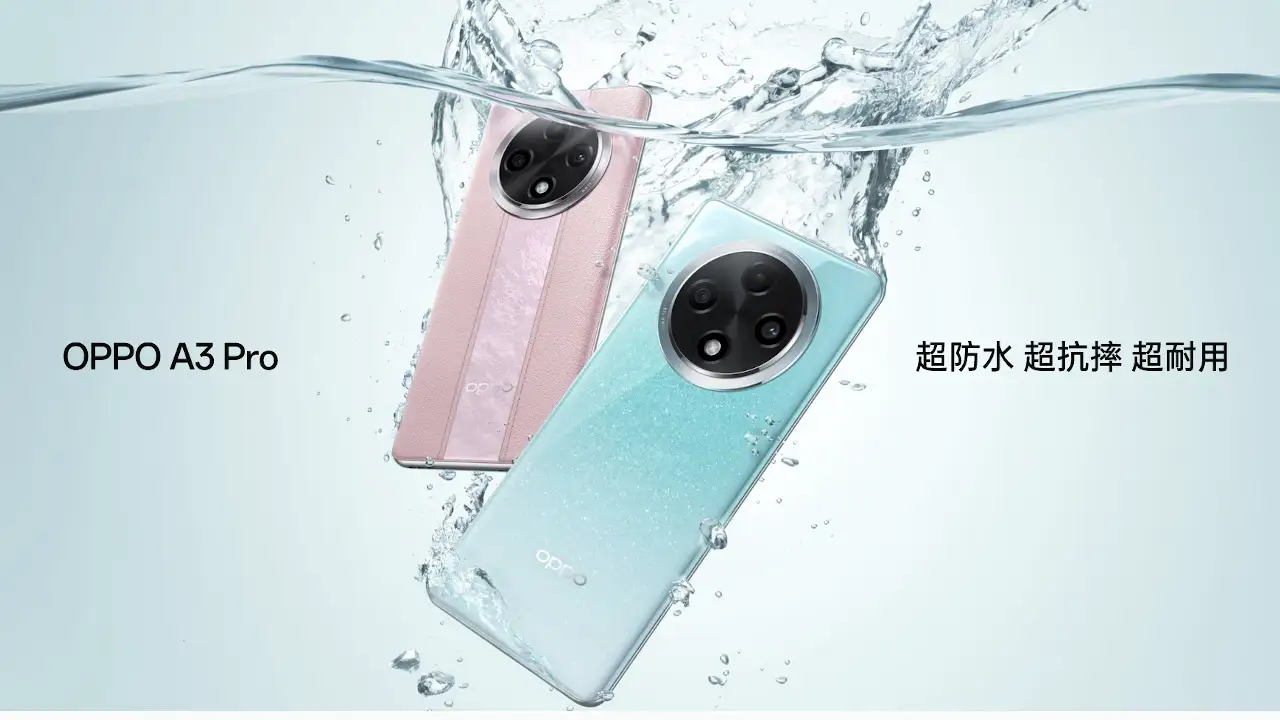

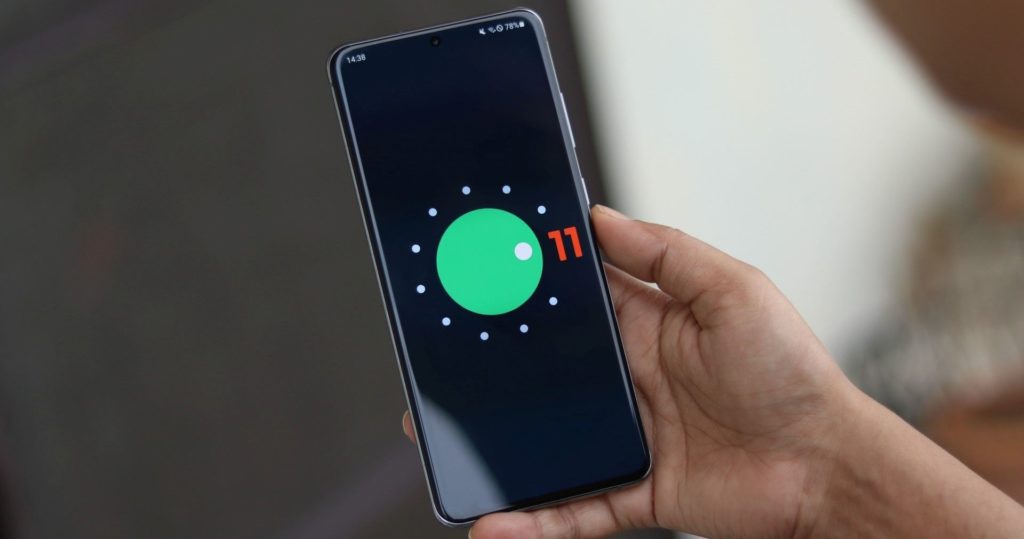
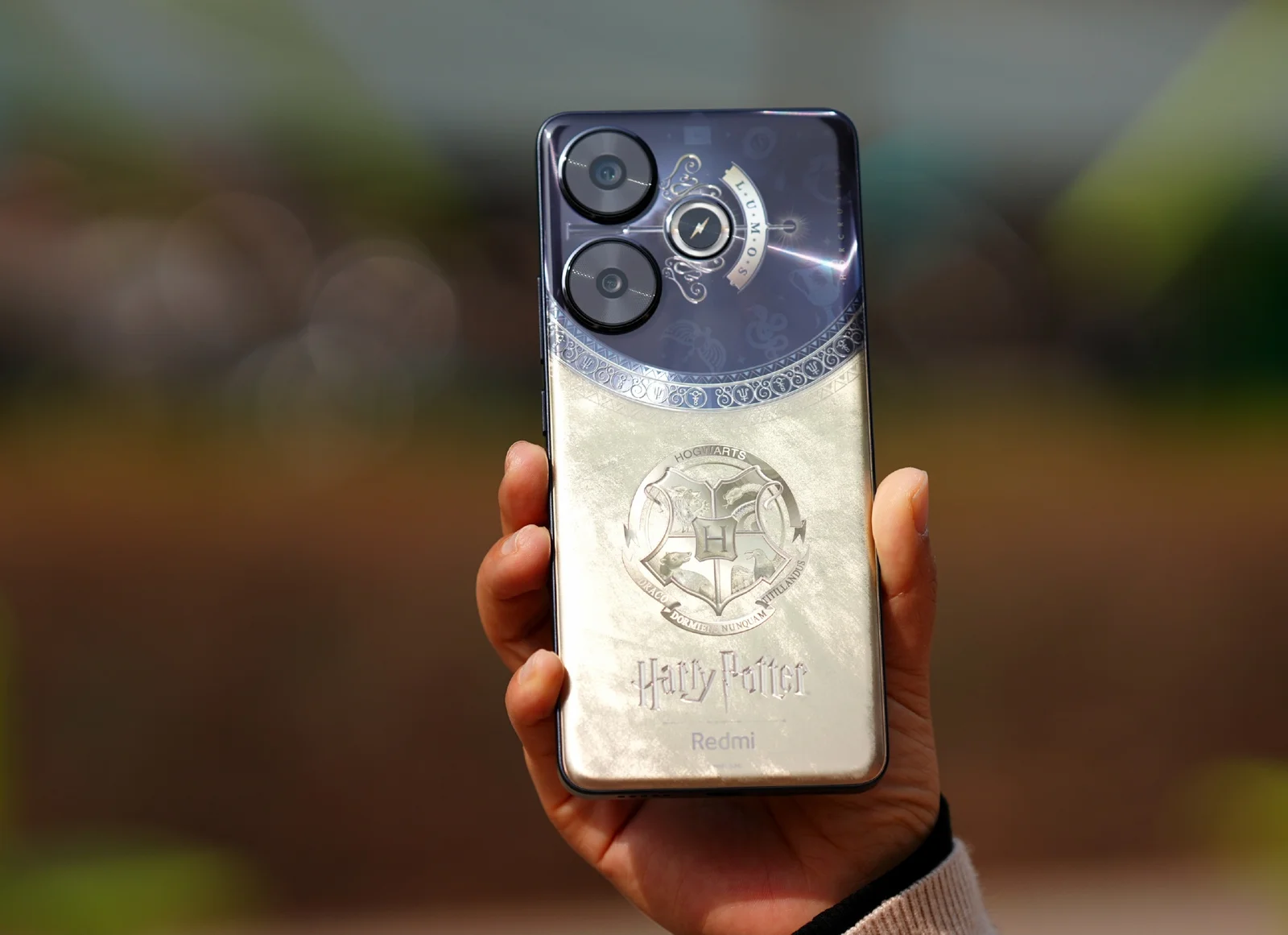
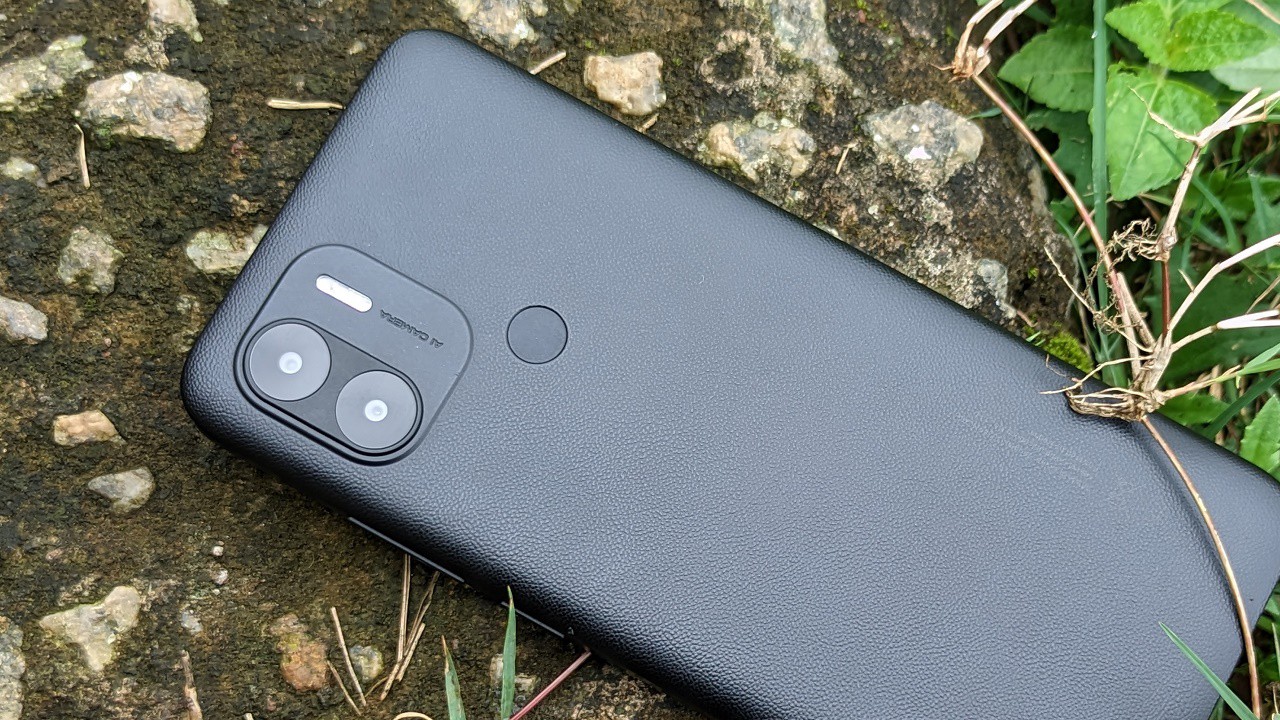
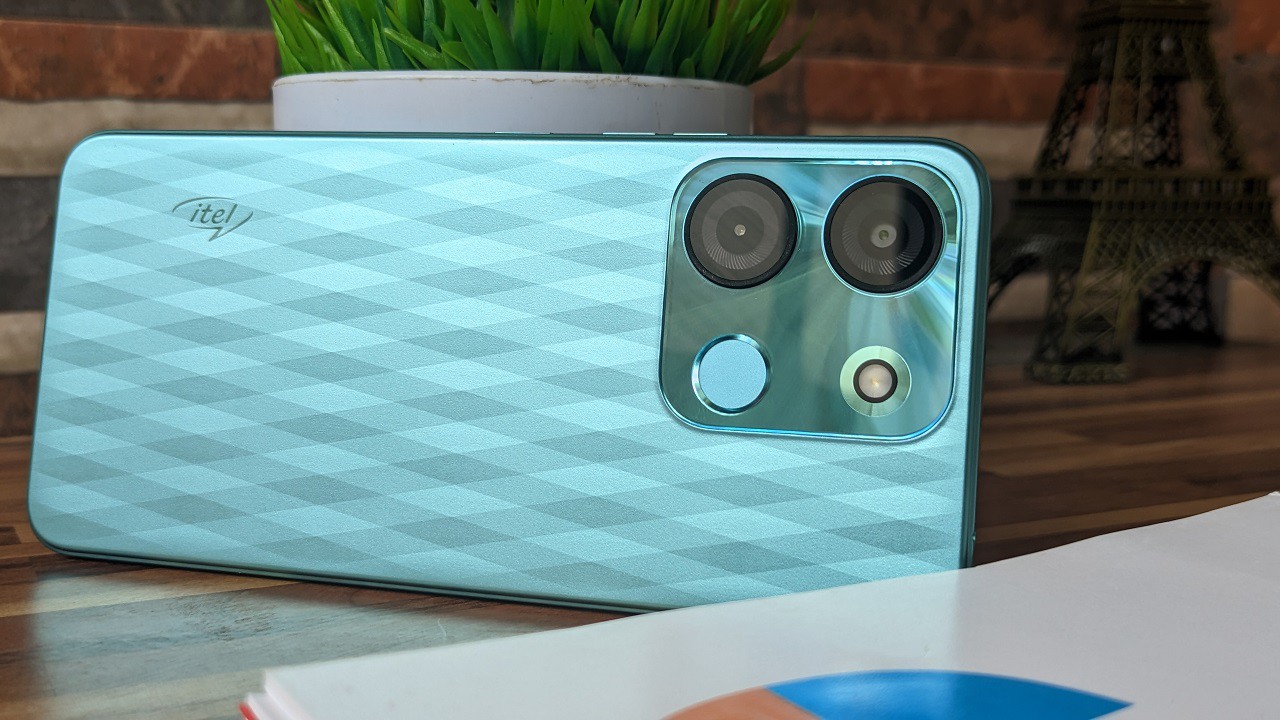
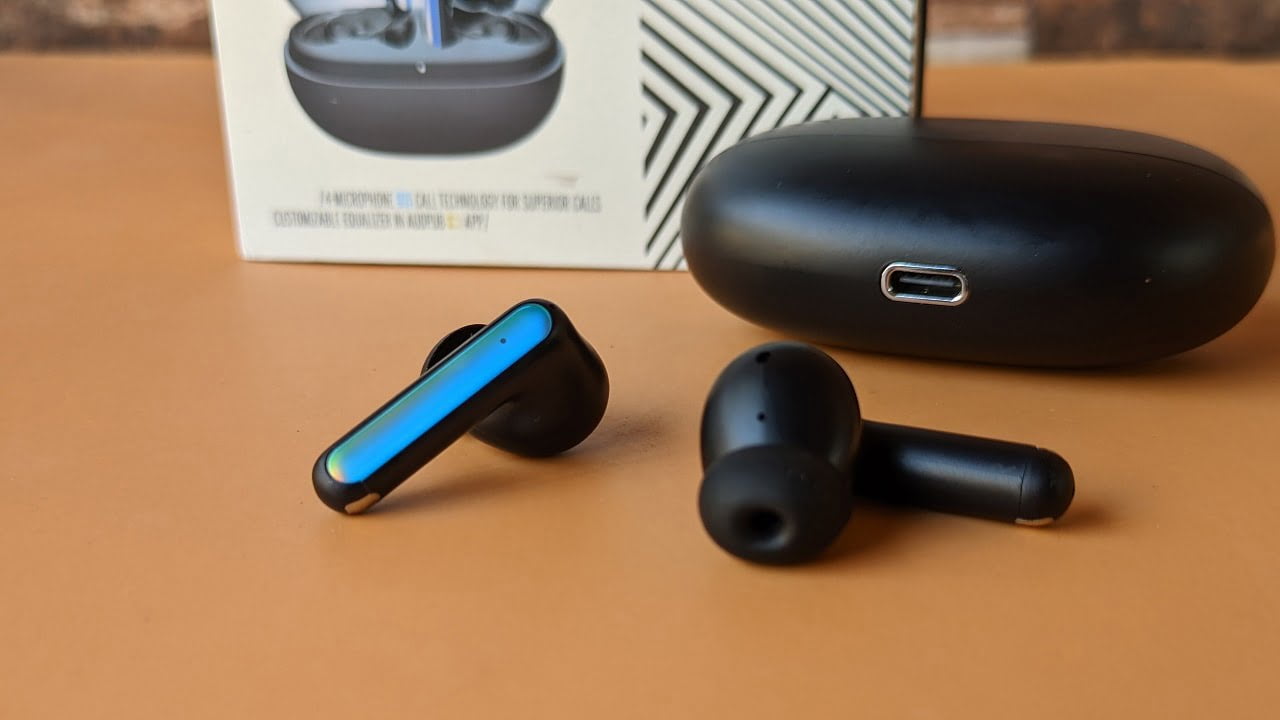
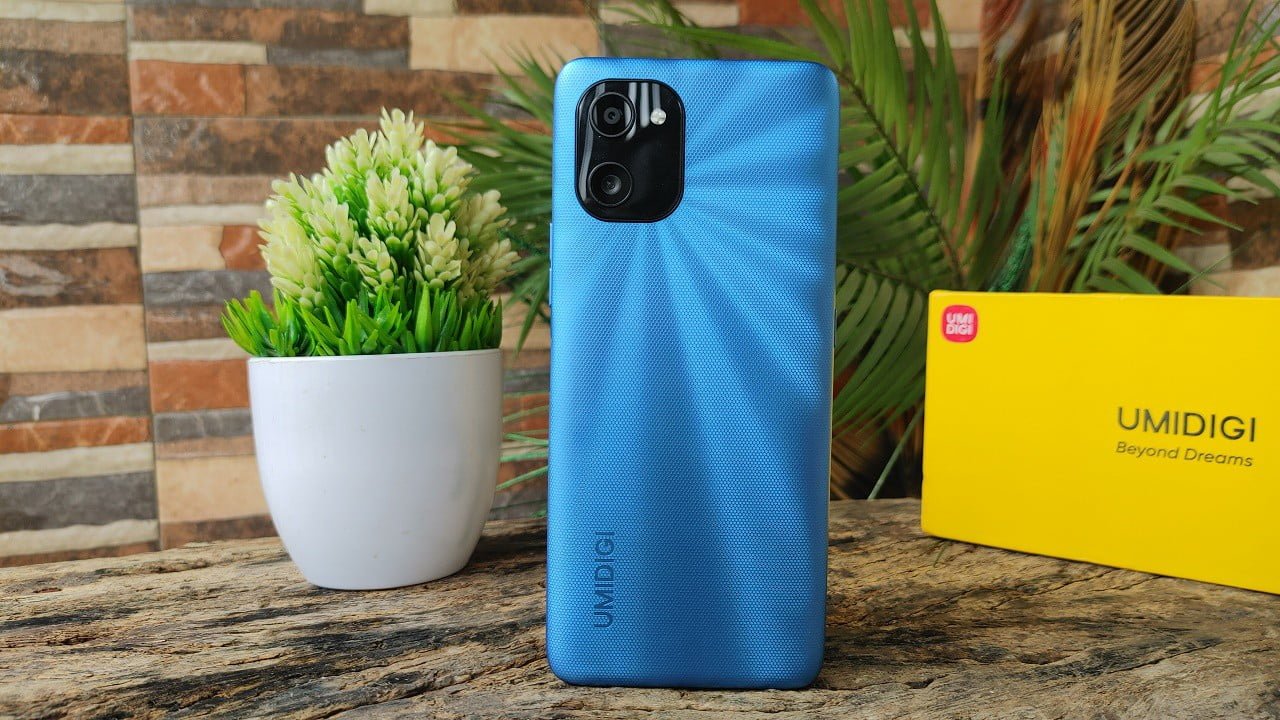
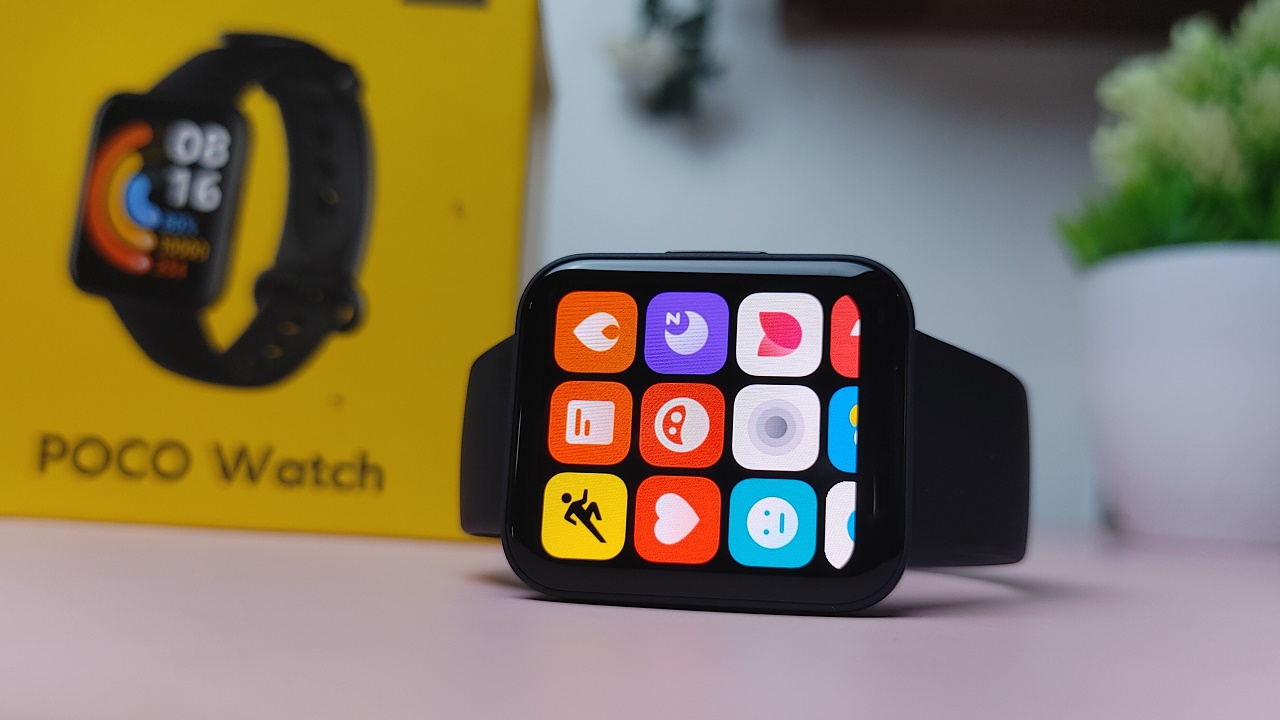
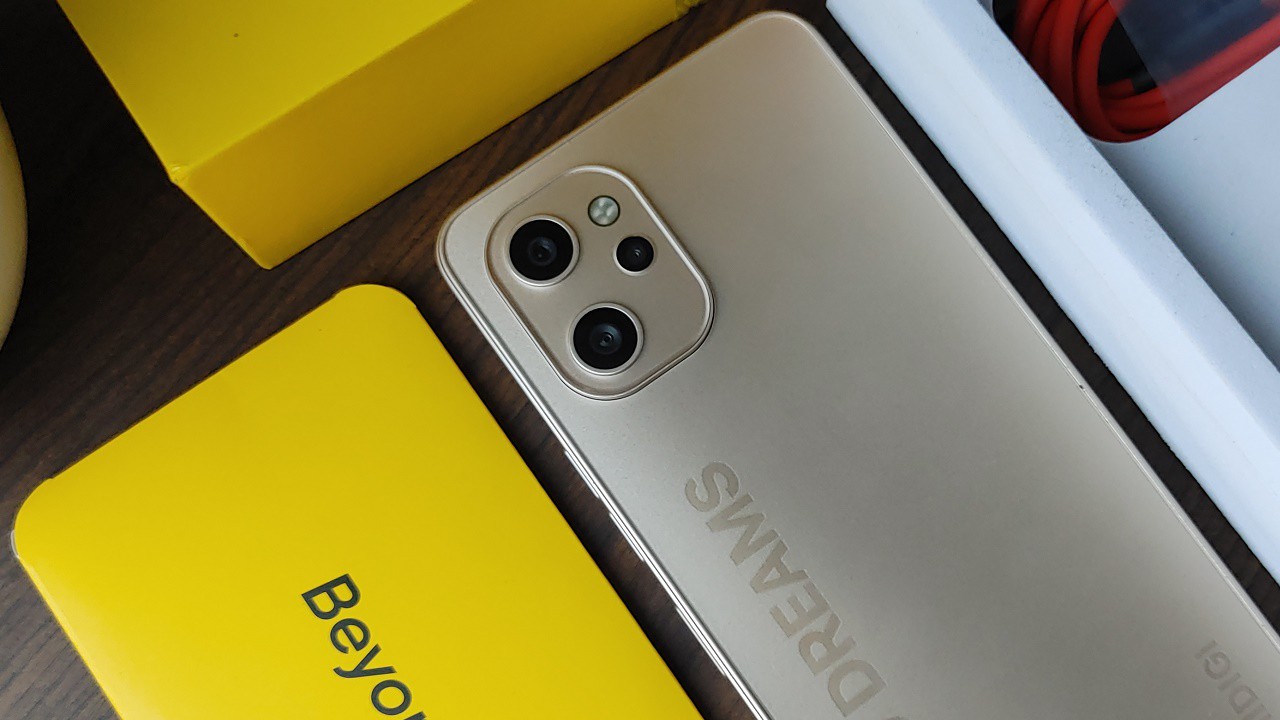
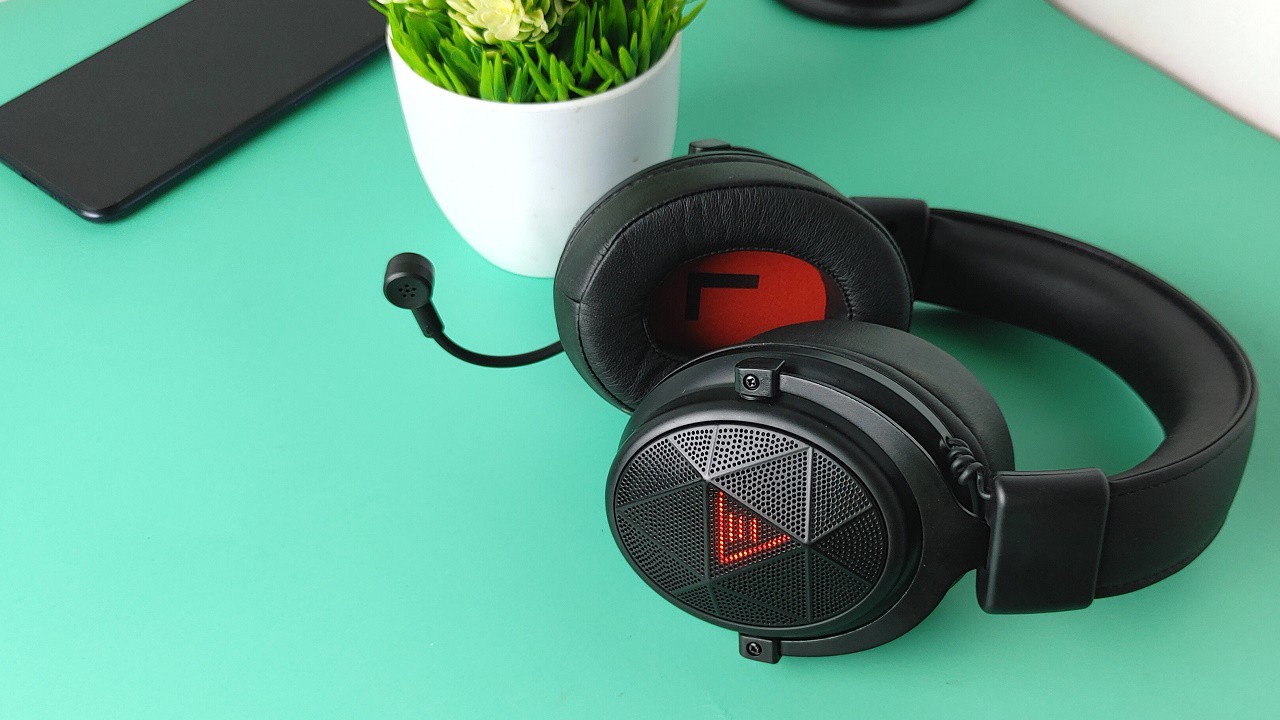
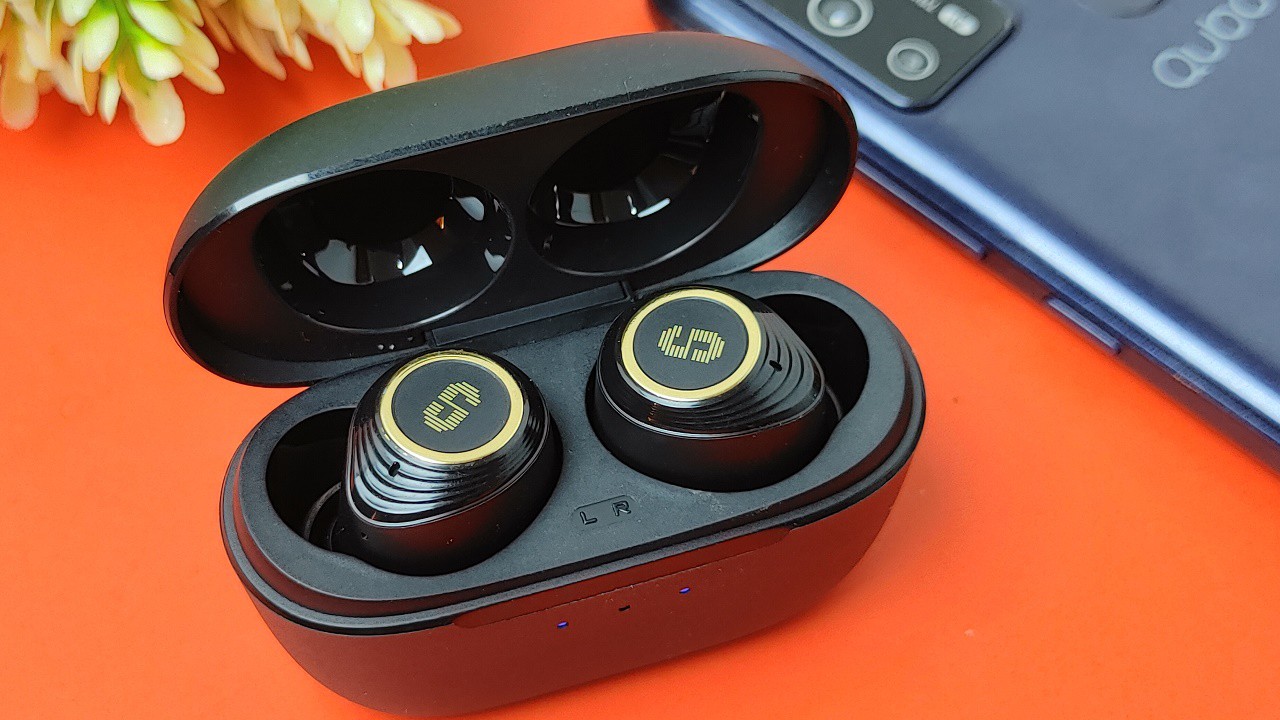
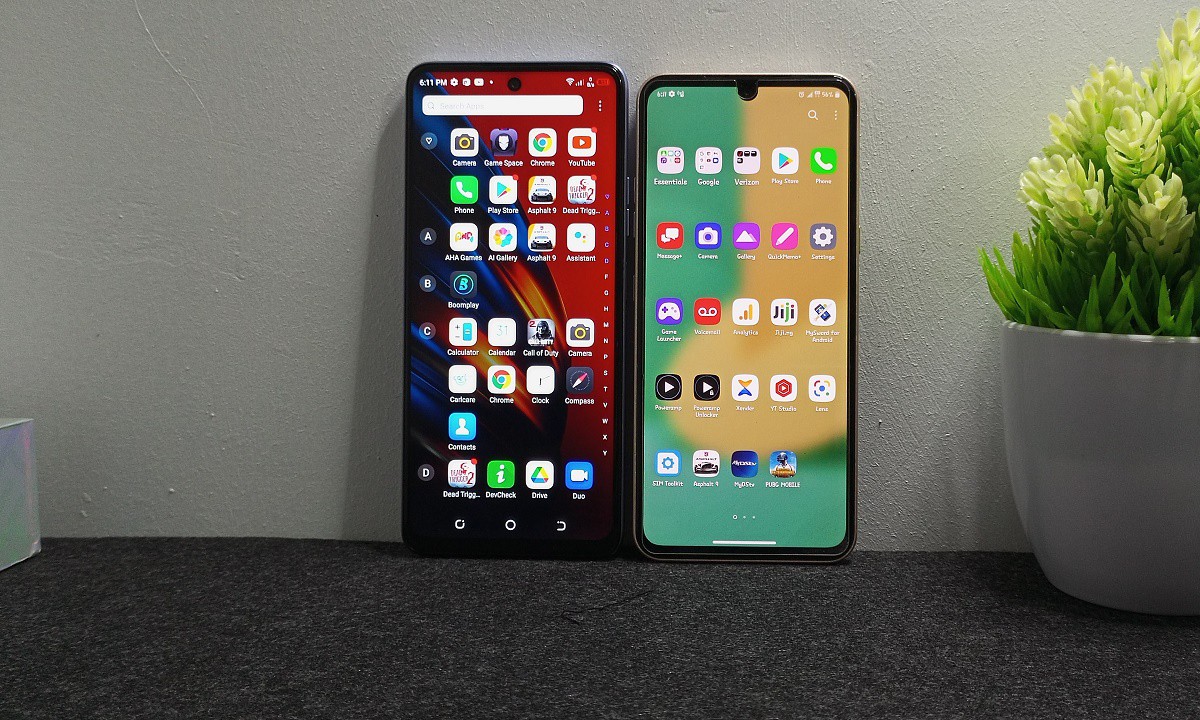

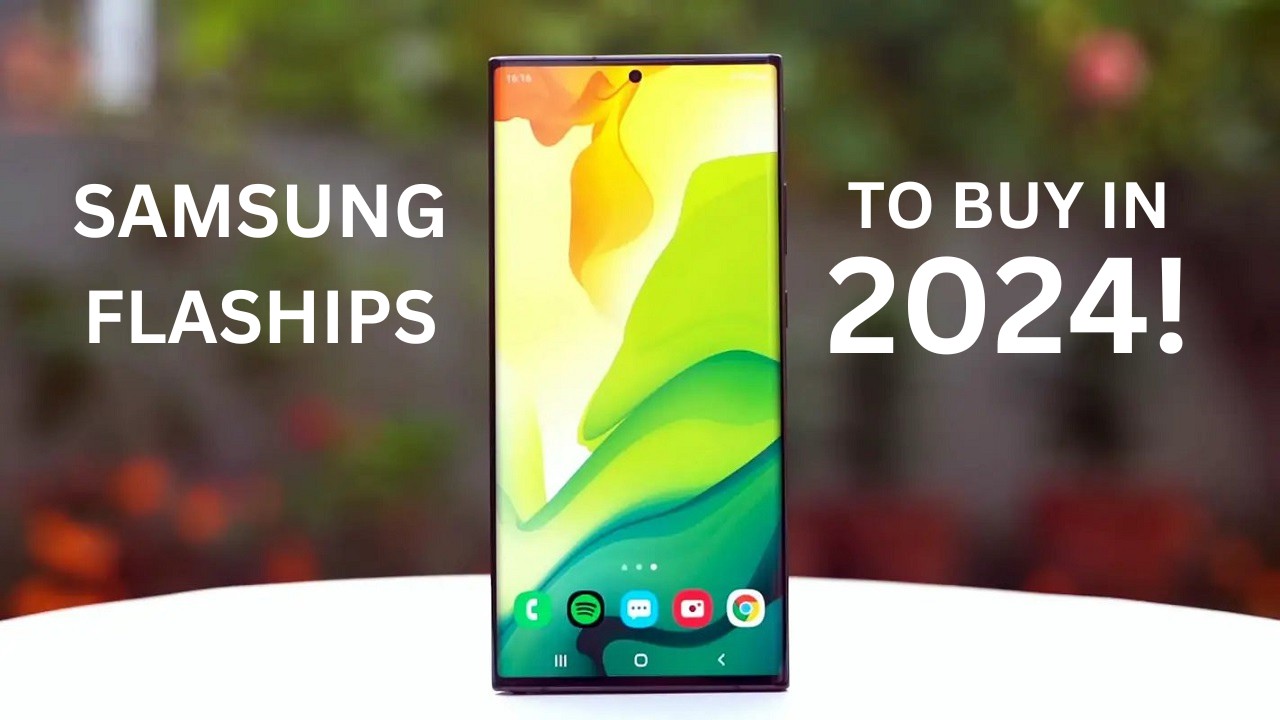
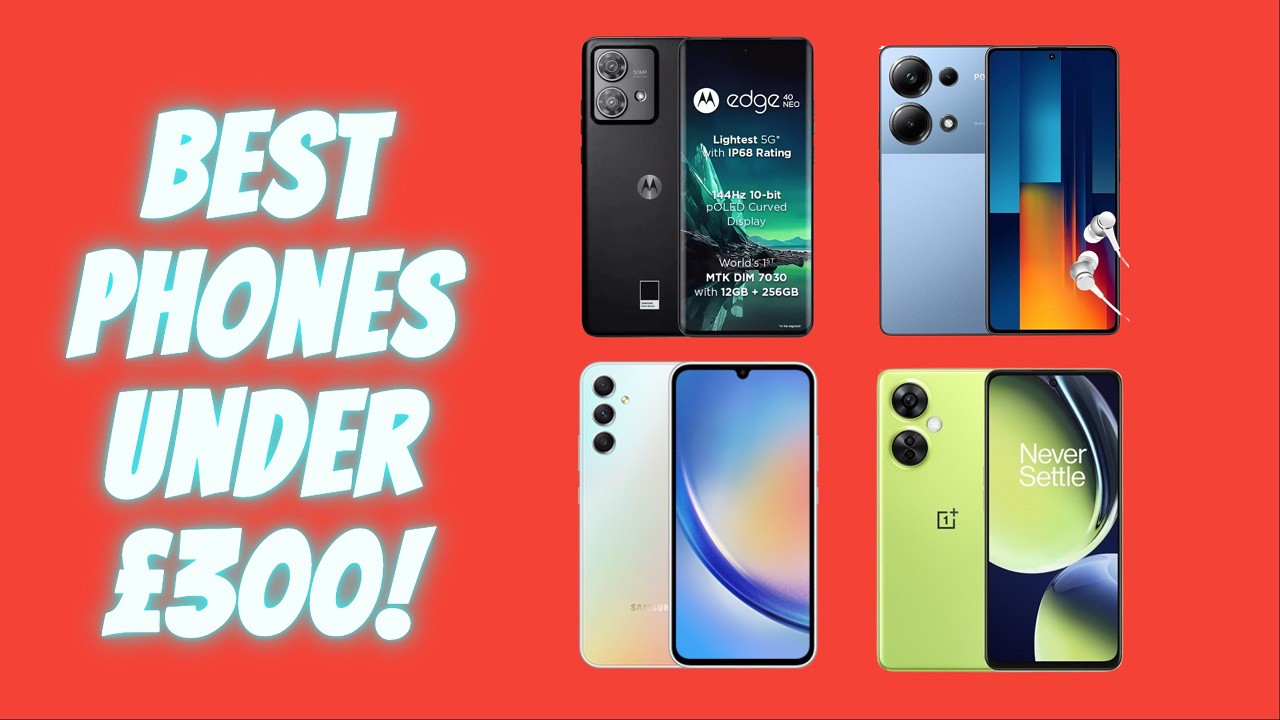

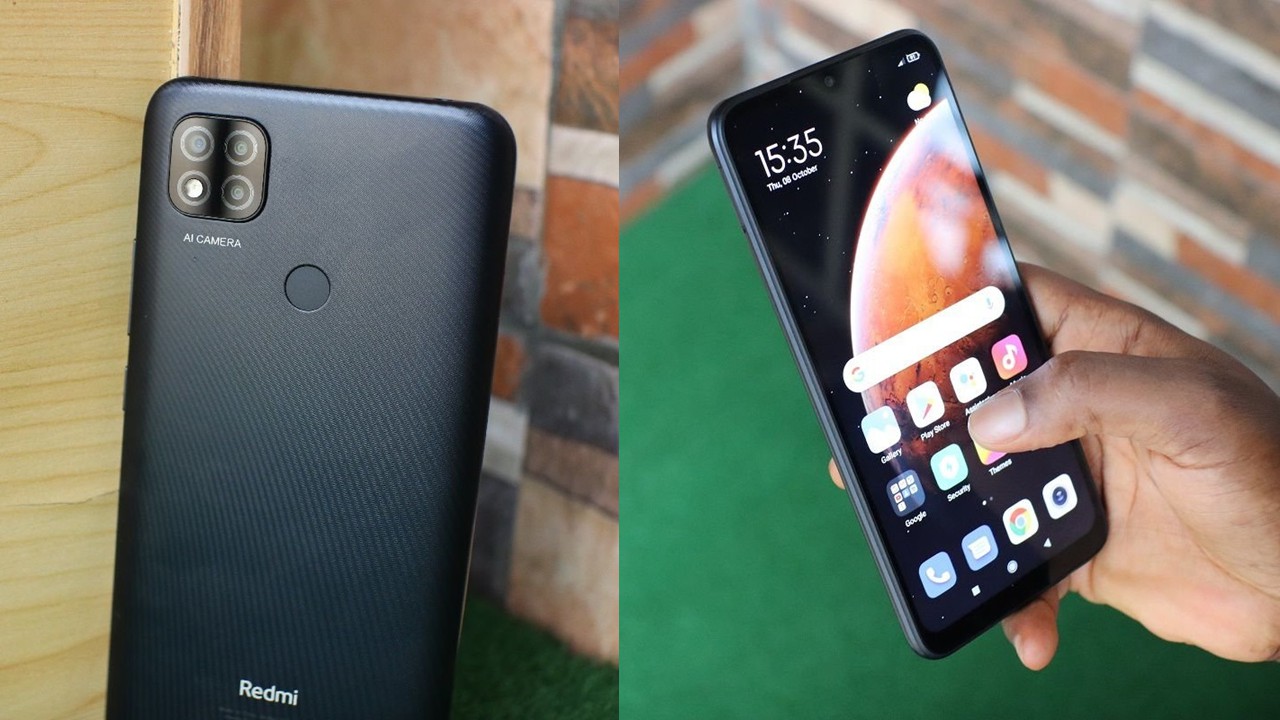
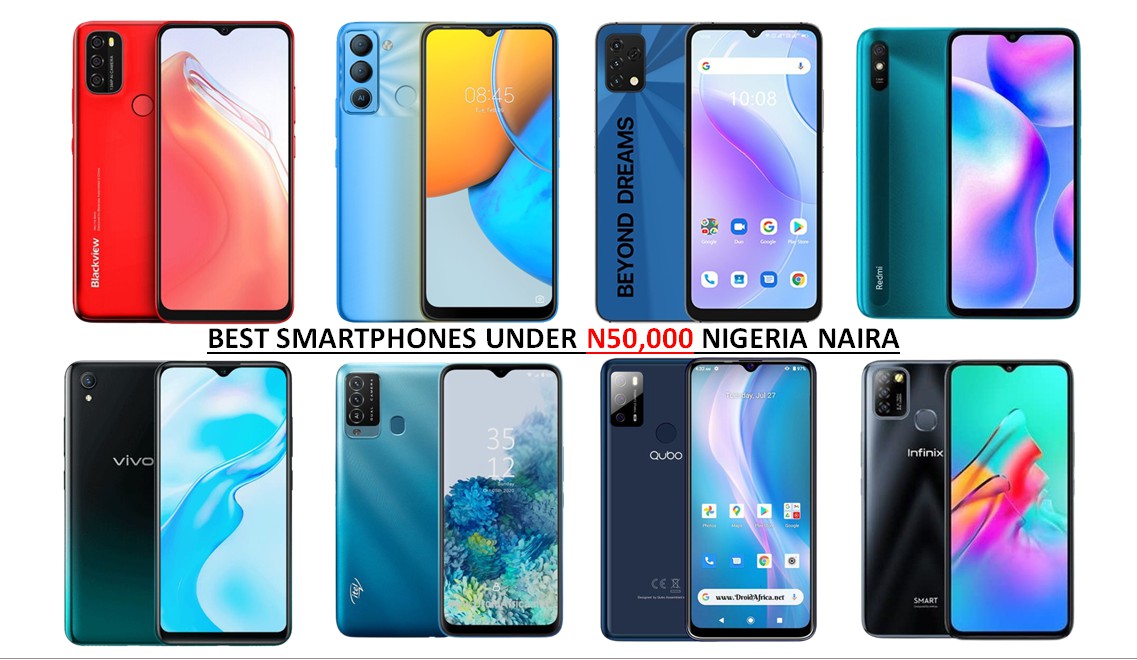
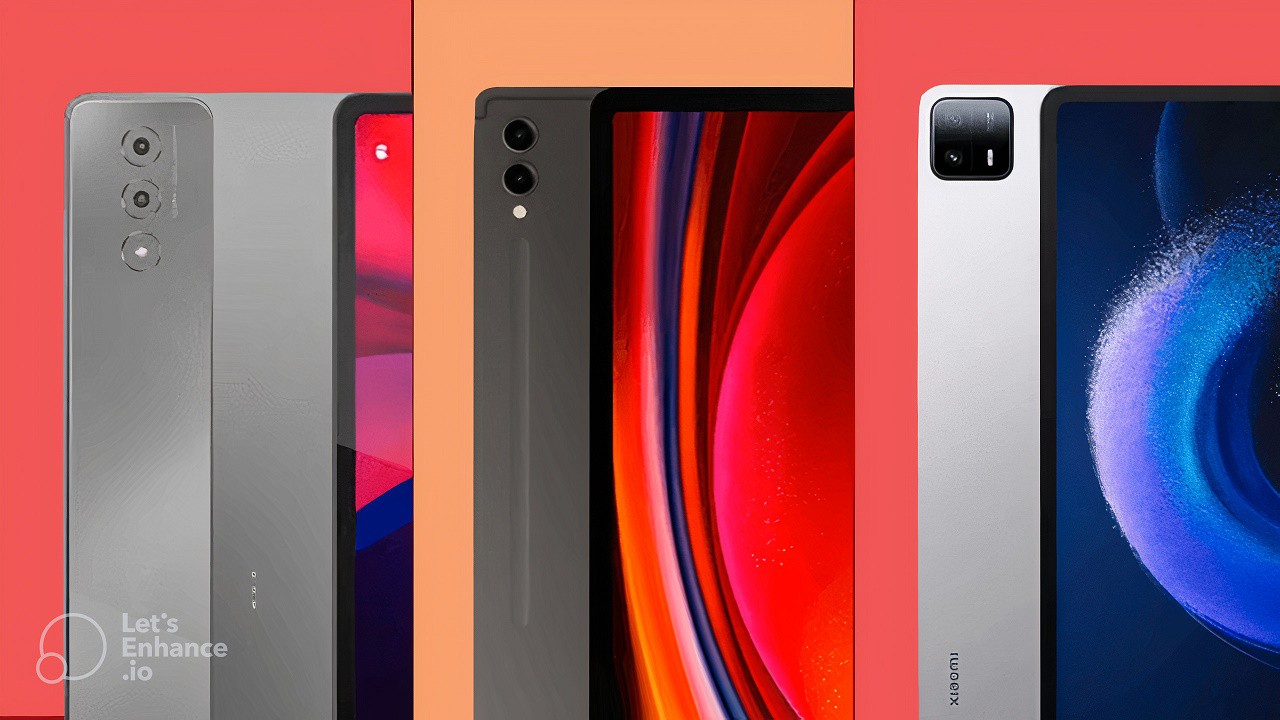
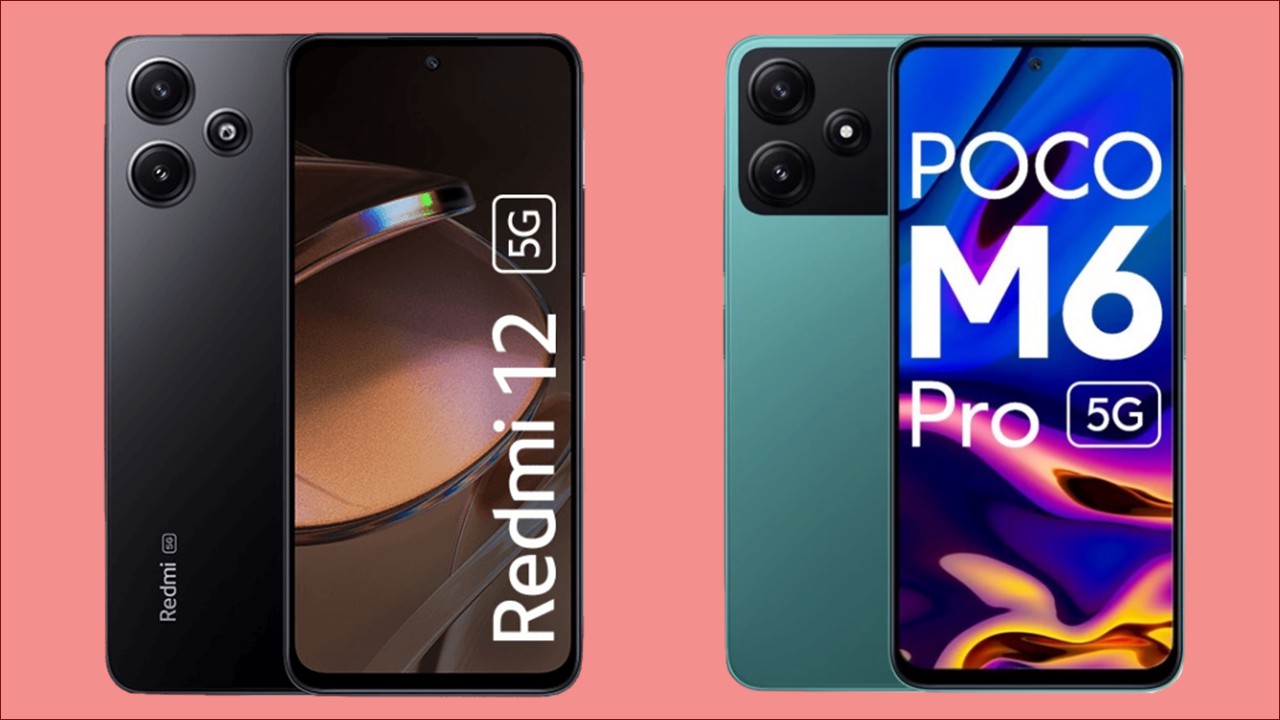
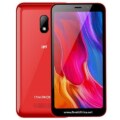
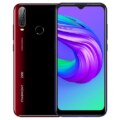
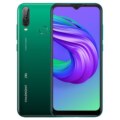
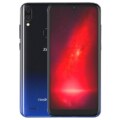
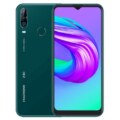
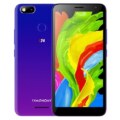
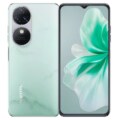
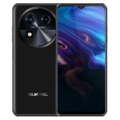
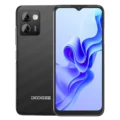

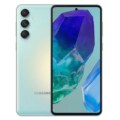
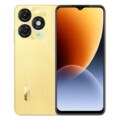

Leave a Reply